Diabetic Foot Ulcer Monitoring with Baliston RTM
Prevent complications before they appear—through real-world gait monitoring and AI-driven alerts
Identifying Diabetic Complications Through Real-World Biomechanics
Identifying Diabetic Complications Through Real-World Biomechanics
Diabetic foot ulcers (DFUs) are a leading cause of hospitalization and limb loss in people with diabetes.
But before the skin breaks down, the body gives signals—in how we walk.
Baliston captures those biomechanical signals in everyday life using smart insoles and advanced gait analysis. The result: early detection, proactive care, and fewer complications.
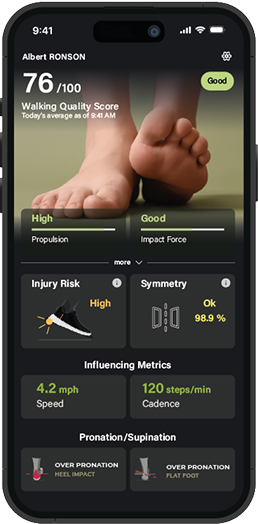
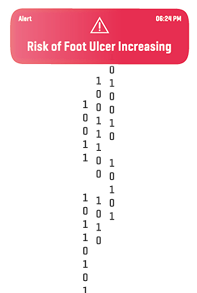
What We Monitor
Gaitline & Foot Biomechanics
Track propulsion changes, irregular foot paths, and imbalances linked to ulcer risk.
Neuropathy Indicators
Detect early warning signs like reduced toe-off, timing shifts, and inconsistent stride patterns.
Fall Risk Factors
Monitor stride variability, clearance reduction, and stability loss in real-life walking.
Activity & Adherence
Follow step count, intensity, and adherence to care recommendations—all remotely.
Benefits for Providers
- Dashboard with real-time metrics and trends
- Ulcer risk scoring based on biomechanics and behavior
- Deviation alerts from patient-specific baseline
- RTM-ready reporting for reimbursement and clinical documentation
- Fully remote care capability with FDA-registered technology
Example Alert:
"Asymmetry and reduced toe-off detected — ulcer risk increasing."
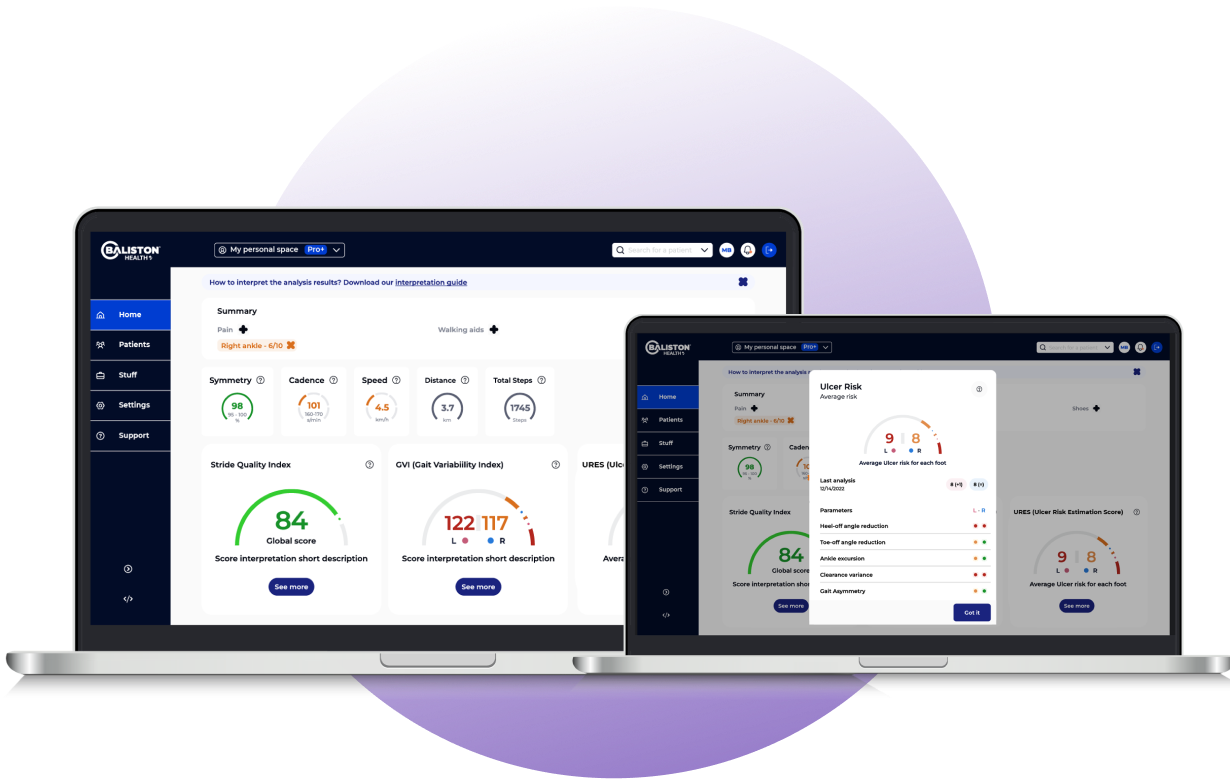
Benefits for Patients
- Receive in-app messages like:
"Try shorter walks more often — stride length has dropped 10% this week." - Stay informed and engaged between visits
- Reduce clinic visits with confidence and control over their care
Walk safely, with peace of mind
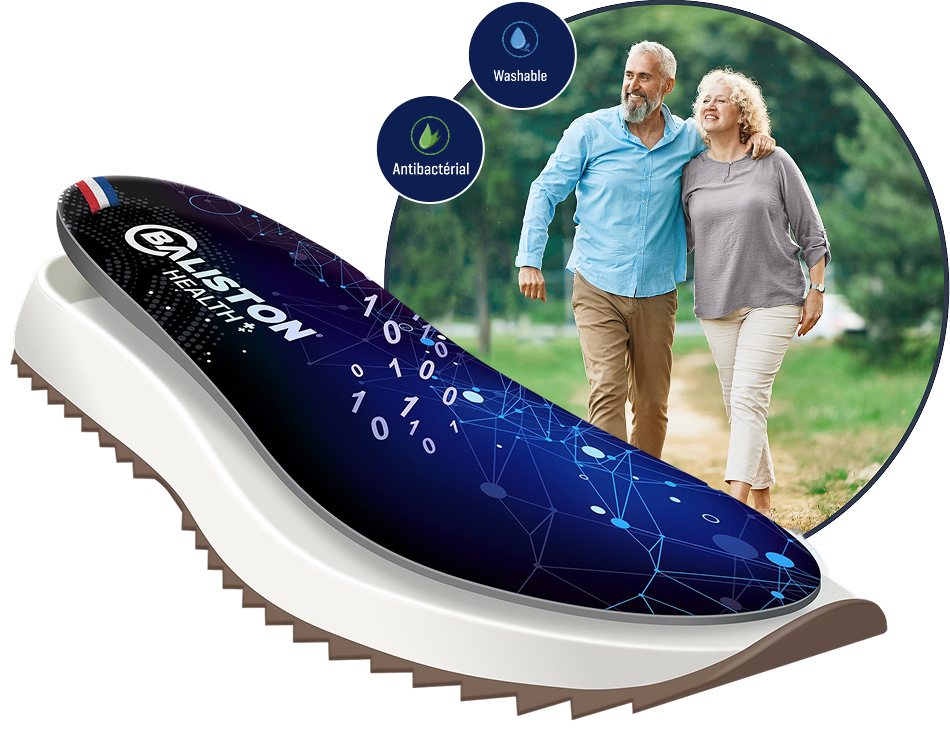
How it Works?
- Patient wears Baliston smart insoles daily (comfortable, <4mm thick and washable)
- Movement data automatically captured during walking
- Insights delivered to the provider via a secure dashboard
- Alerts triggered if risk markers are detected
- Reports support clinical decision-making and RTM billing
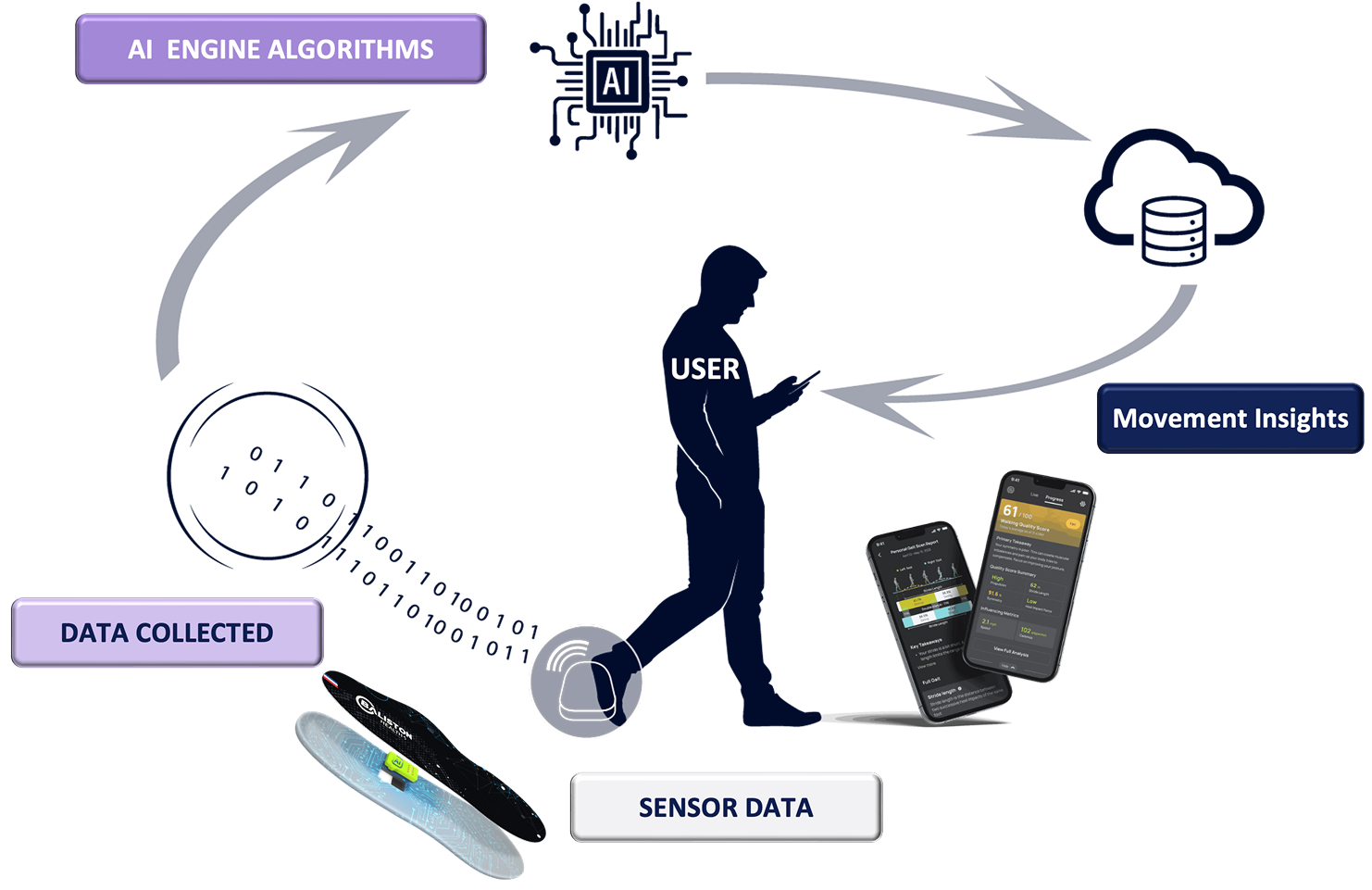
Reimbursement Support for RPM
Baliston’s remote monitoring solution is designed to support clinical workflows while aligning with current CPT® billing codes in the U.S. healthcare system. Providers may be eligible to bill for the services below when deploying our platform for ongoing diabetic foot monitoring and ulcer risk prevention.
CPT® 99453
Initial setup and patient onboarding for remote monitoring of physiologic parameters (e.g., weight, pulse oximetry, respiratory data, etc.). Includes device setup and education.
Billing Frequency:
One-time; requires at least 16 days of data within a 30-day period
CPT® 99454
Device supply and data transmission for remote monitoring of physiologic metrics. Covers daily recordings and/or alert-based data capture.
Billing Frequency:
Once per 30-day period
CPT® 99457
First 20 minutes of remote treatment management, including interactive communication with the patient or caregiver. Must be provided by clinical staff or a qualified healthcare professional.
Billing Frequency:
Per calendar month (for first 20 minutes of RPM-related clinical time)
CPT® 99458
Each additional 20 minutes of RPM management time beyond the first 20 minutes, including patient/caregiver interaction.
Billing Frequency:
For every extra 20-minute increment within a calendar month
Clinically Validated. Medically Trusted.
Baliston's in-clinic assessments are grounded in clinically proven sensor-based technology and algorithms used in published research, and real-world testing with over 200 million steps analyzed.
Clinical Technology Validation
Our gait analysis platform is powered by technology that has been validated in peer-reviewed studies, demonstrating over 95% accuracy versus lab-based gait systems.
Diabetes-Specific Validation
Clinical studies in diabetic populations using this technology have confirmed strong correlations between gait asymmetry, stride length, propulsion, foot progression angle, clearance, and gaitline deviation with increased risk of foot ulceration—supporting earlier, data-driven intervention in at-risk patients.